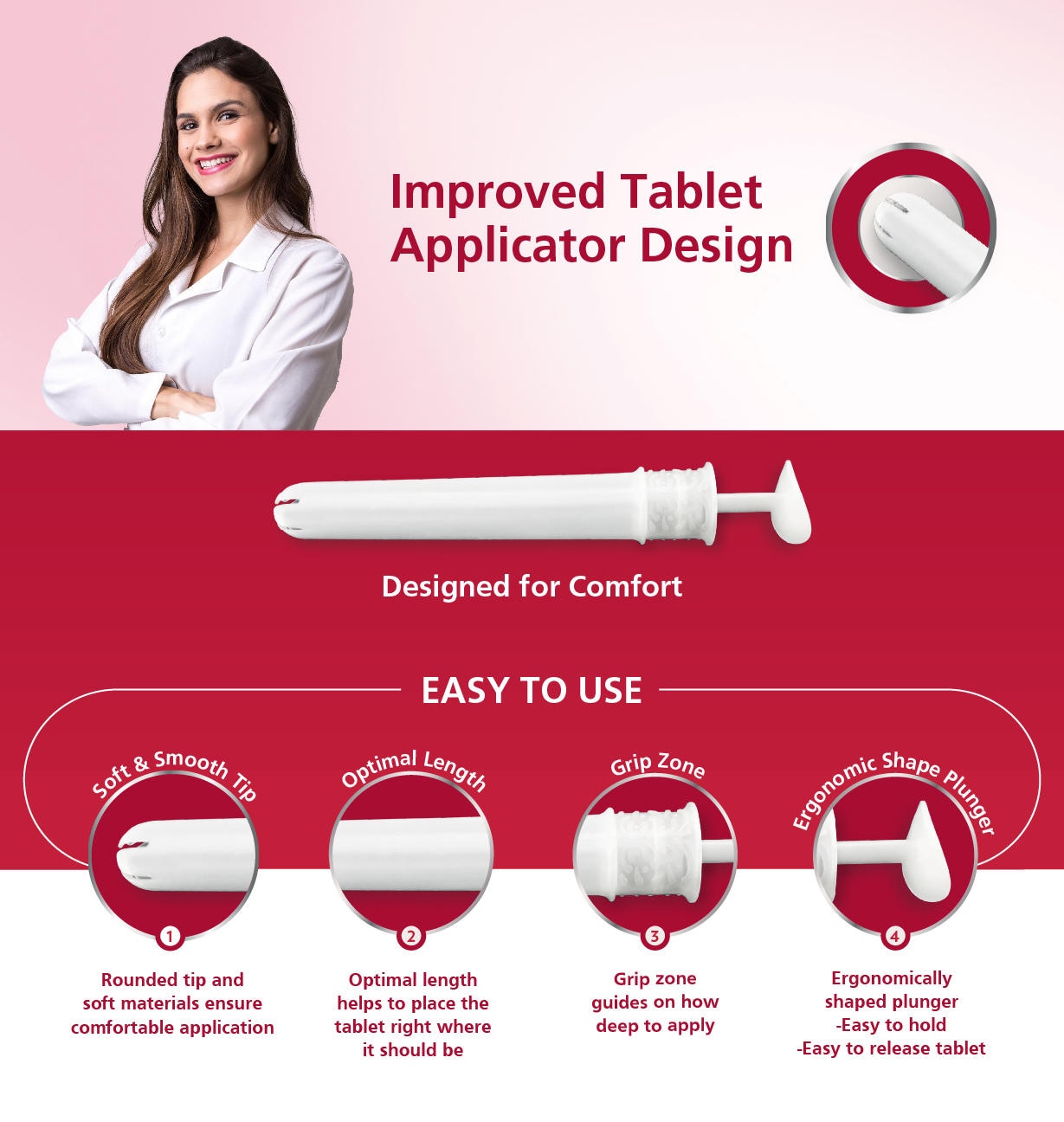In pregnancy, especially during the third trimester
Canesten® Gyn 6 day Therapy Vaginal Tablet 100 mg
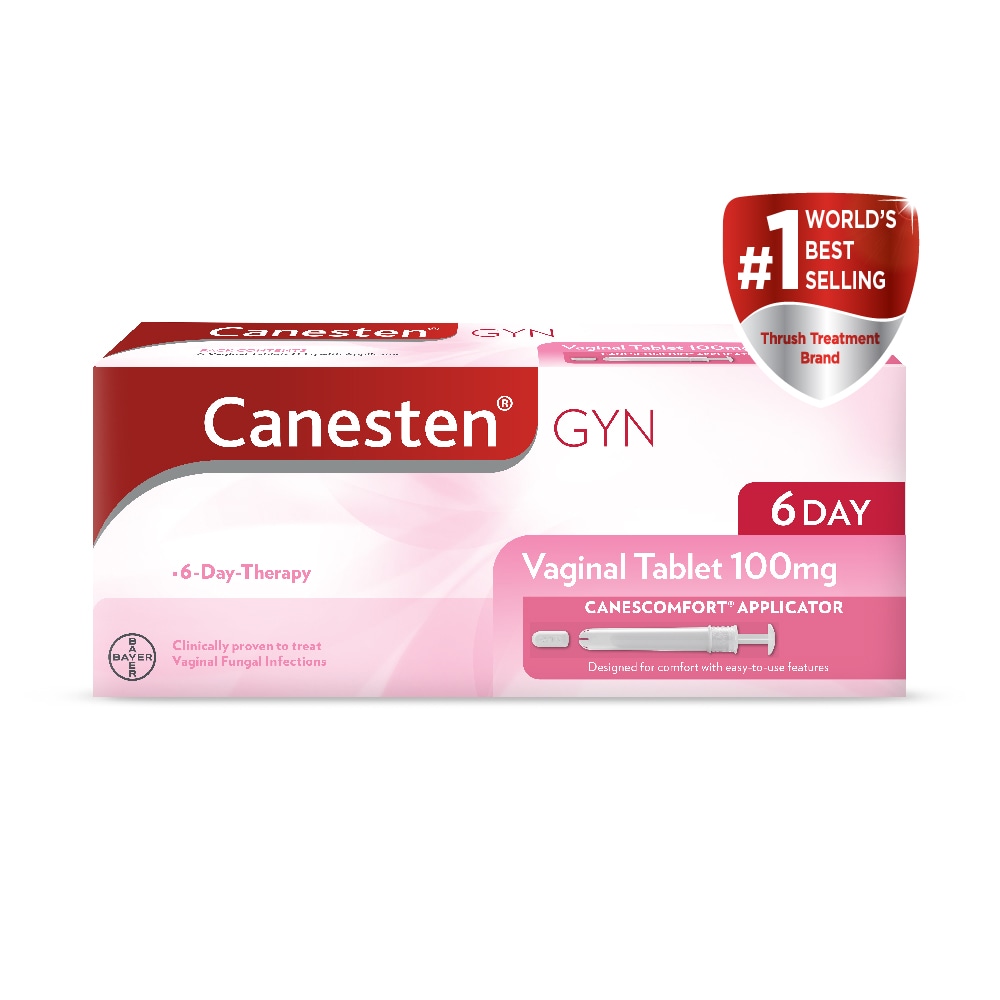
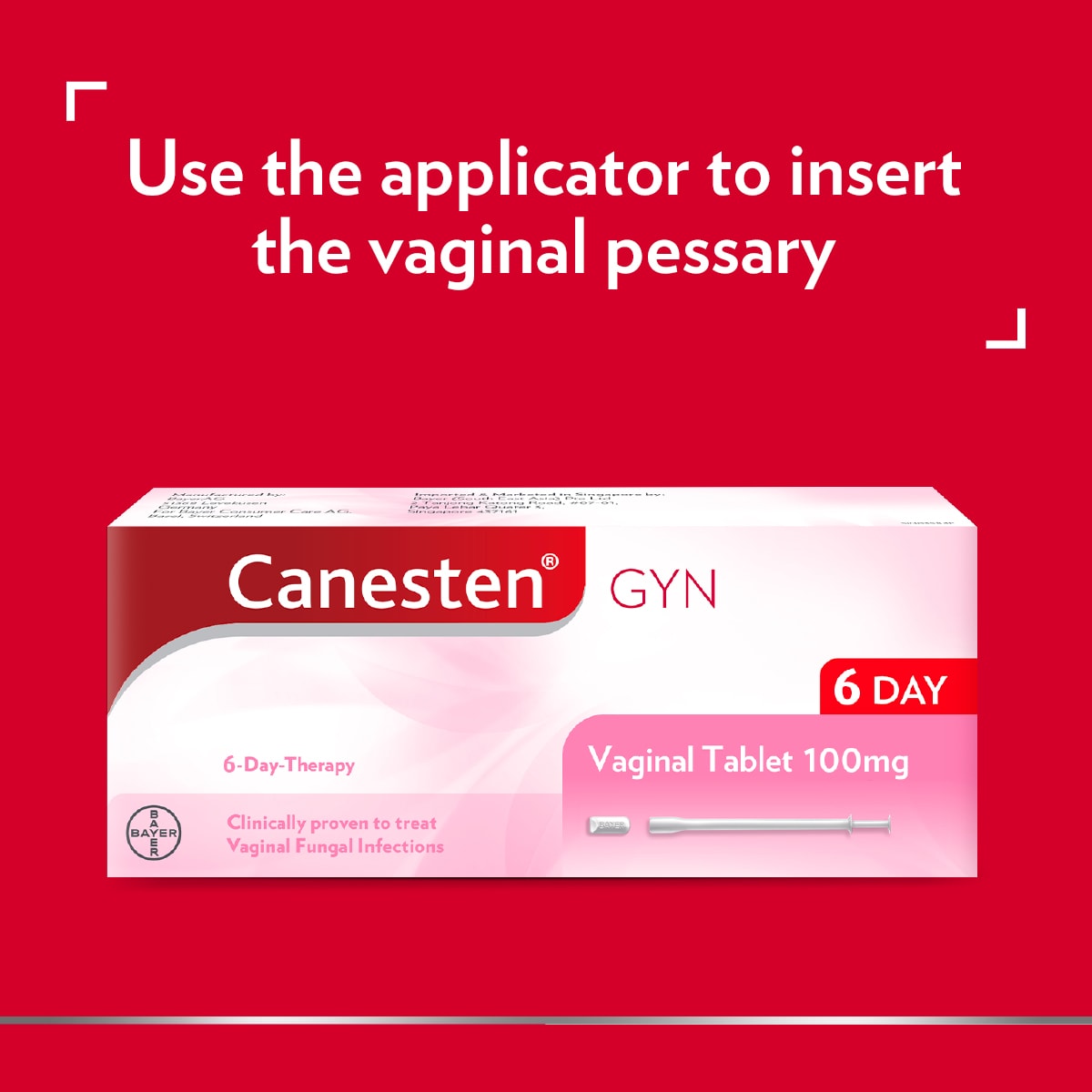
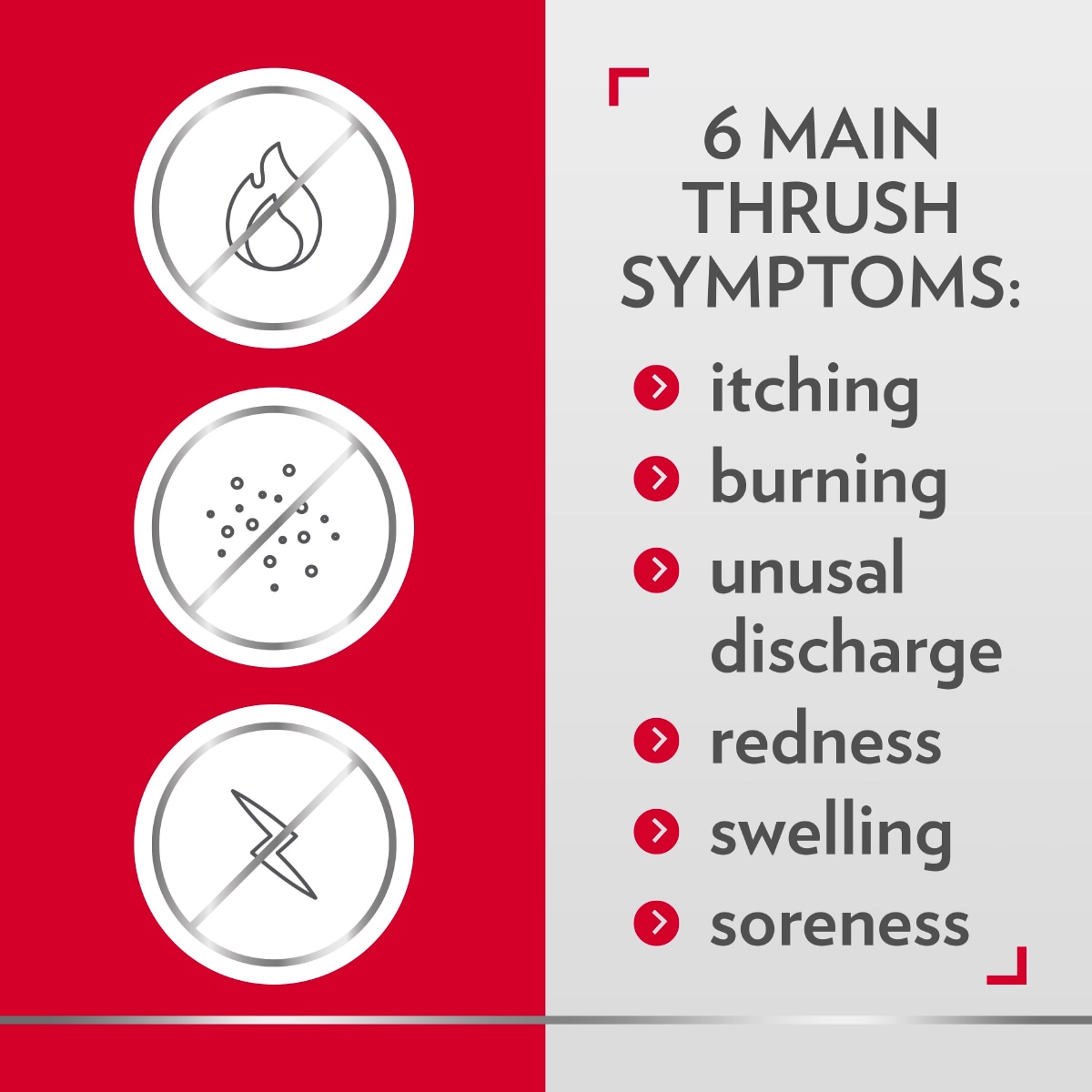
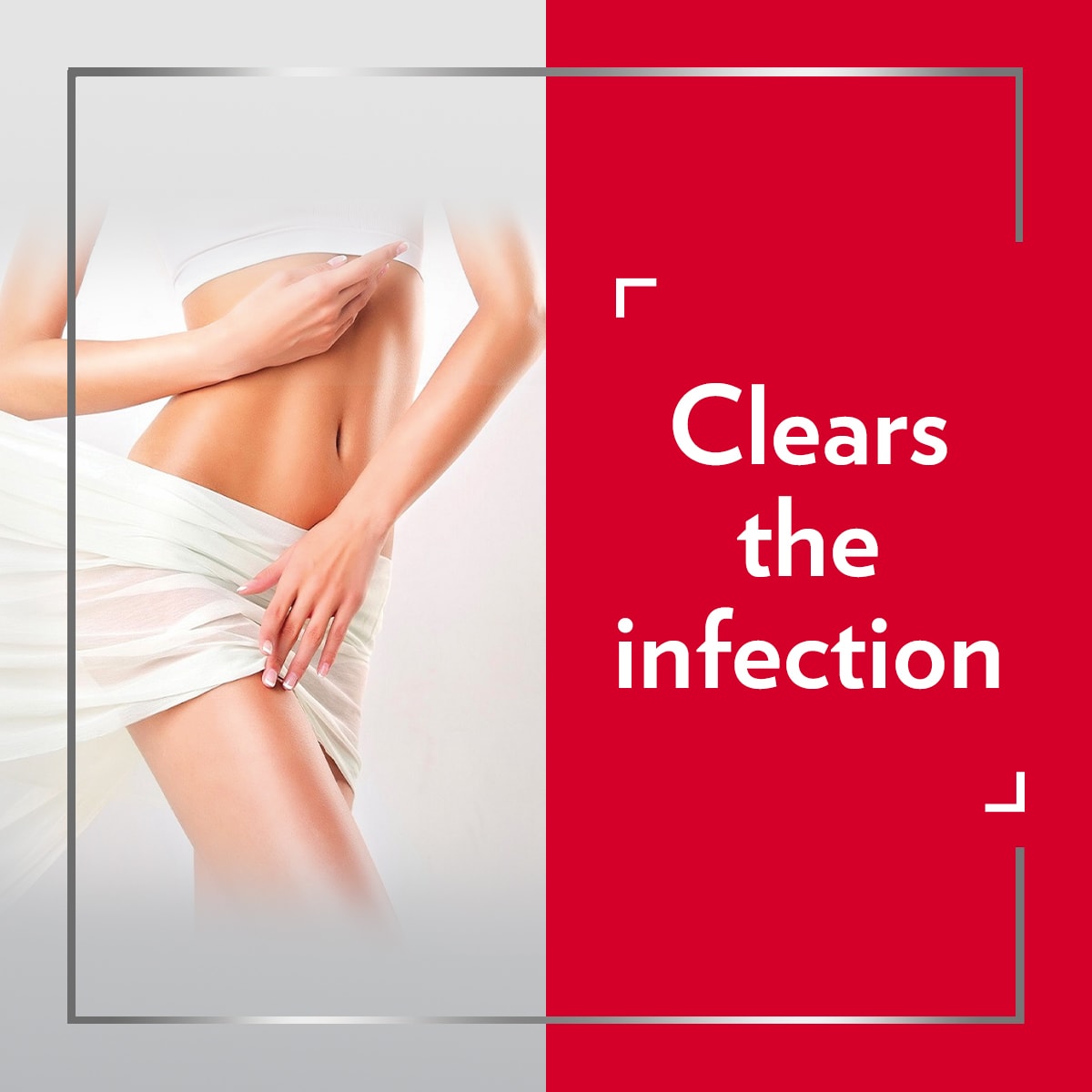

Canesten® Gyn 6 day Therapy Vaginal Tablet 100 mg
Be confident you're choosing the right thrush treatment!
Canesten ® Gyn is the world's #1 thrush treatment brand. Canesten ® Vaginal Tablet 100mg is a 6-Day-Therapy that provide treament to women who experience vaginal thrush with a no-mess applicator.
The treatment is easy to use at home and irritating symptoms should begin to disappear soon.
Canesten helps you feel comfortable again so you can get on with your life.
How do I know it’s thrush?
How to use?
Wash your hands thoroughly before and after using Canesten®
Don't let thrush hold you back
Take control of thrush symptoms, free from worry and discomfort.
Don’t miss a thing – let Canesten® help you enjoy all the quality time life brings.
For over 40 years Canesten® has been helping women around the world*
Understand, prevent and treat their intimate conditions, so that they feel comfortable in their skin.
*Nicholas Hall's global OTC database, DB6, 2018


